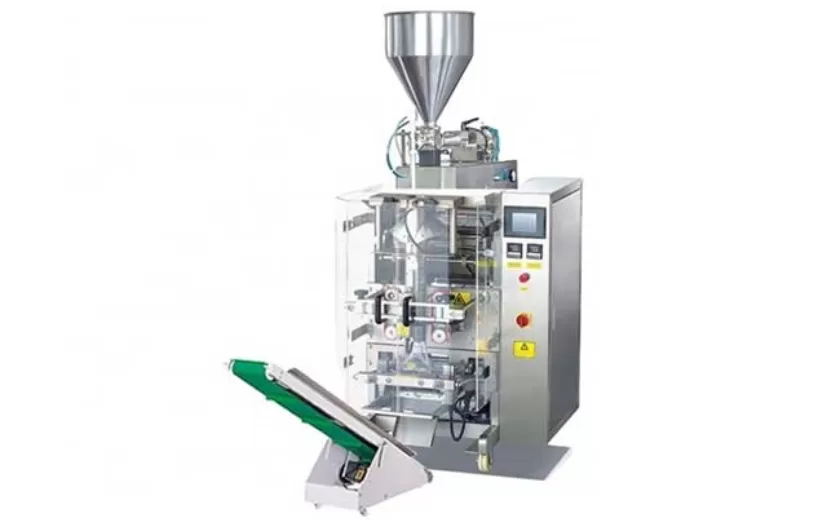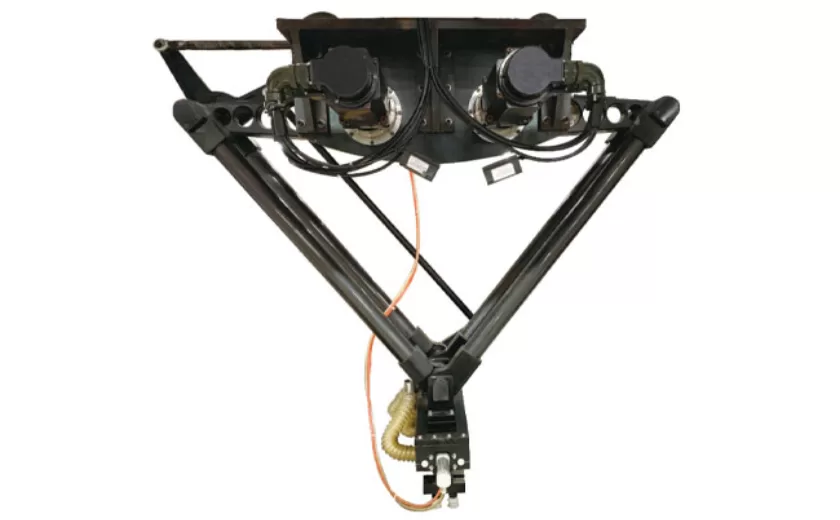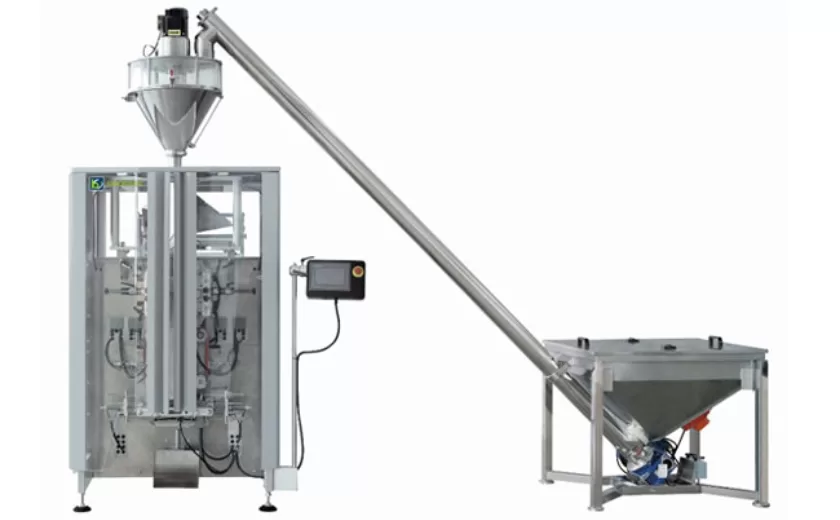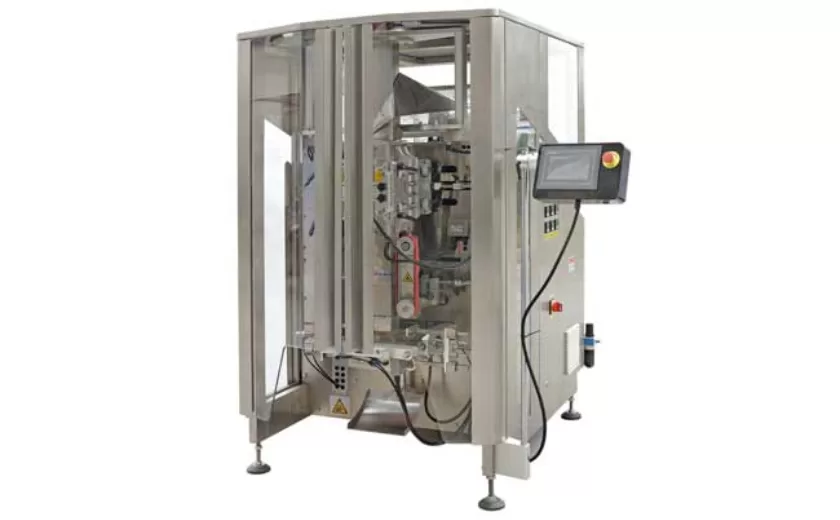The Evolution of Vertical Wrapping Machines
Vertical wrapping machines have undergone a remarkable transformation since their inception. Their evolution has been driven by technological advancements, changing market demands, and a relentless pursuit of efficiency and innovation. This article explores the key milestones and advancements that have shaped the evolution of vertical wrapping machines.
Early Beginnings: Simplicity and Reliability
The earliest vertical wrapping machines emerged in the 1950s, primarily for packaging products in simple, rectangular shapes. These machines were characterized by their robust construction and straightforward operation. They typically used mechanically driven mechanisms for wrapping and sealing, and relied on manual adjustments to accommodate varying product sizes.
The Rise of Automation: Speed and Efficiency
In the 1970s and 1980s, the advent of programmable logic controllers (PLCs) and servo motors revolutionized the vertical wrapping machine industry. These advancements introduced automated controls and increased speed and efficiency. PLCs enabled precise control over machine functions, while servo motors provided smooth and accurate motion for wrapping and sealing.
Integration with Other Systems: Seamless Production
The 1990s witnessed the growing integration of vertical wrapping machines with other manufacturing systems. This integration allowed for seamless production lines, where products were automatically fed into the wrapping machine from upstream processes and transported to downstream operations for further processing or packaging. Data sharing and communication between machines improved overall efficiency and optimization.
Advancements in Sealing and Film Types: Versatility and Quality
Continuous advancements in sealing technologies have expanded the versatility of vertical wrapping machines. From traditional heat sealing to hot air sealing, cold sealing, and ultrasonic welding, these machines can handle a wide range of film materials and packaging requirements. Additionally, the introduction of specialized films, such as tamper-evident and machine-readable films, enhanced product protection and provided traceability solutions.
Packaging Innovation and Sustainability: Meeting Market Demands
The evolving consumer and market demands have driven vertical wrapping machine manufacturers to innovate in packaging designs and sustainable solutions. Machines are now capable of producing a wider range of package formats, including stand-up pouches, flow wraps, and multipacks. Additionally, the integration of sustainable materials, such as biodegradable and recyclable films, has become a key focus in the industry.
The Future of Vertical Wrapping Machines: Smart and Connected
The future of vertical wrapping machines lies in smart and connected solutions. Industry 4.0 technologies, such as sensors, data analytics, and artificial intelligence, are being incorporated into these machines to enhance their capabilities. Remote monitoring and predictive maintenance will enable manufacturers to optimize performance, reduce downtime, and make informed decisions based on real-time data.
-
Advanced Packing Solutions: Snacks, Sugar, and Frozen Food Machines
29-10-2025 -
Efficient and Reliable Solutions for Salt, Nuts, and Frozen Dumplings Packing
29-10-2025 -
High-Performance Biscuits, Lollipop, and Ketchup Packing Machines for Modern Food Production
29-10-2025 -
Efficient Liquid Filling and Packing Machines for Modern Production
23-10-2025 -
Reliable Granule Packaging Machines for Efficient Production
23-10-2025 -
Efficient Auger Powder Filling Machines for Accurate Packaging
23-10-2025 -
High-Performance Liquid Filling and Packing Machines for Hygienic Production
10-10-2025 -
High-Efficiency Granule Packaging Machines for Precision and Speed
10-10-2025 -
High-Precision Auger Type Powder Filling Machines for Efficient Packaging
10-10-2025 -
Efficient Vertical Form Fill Seal Packaging Machines for Smart Production
10-10-2025











